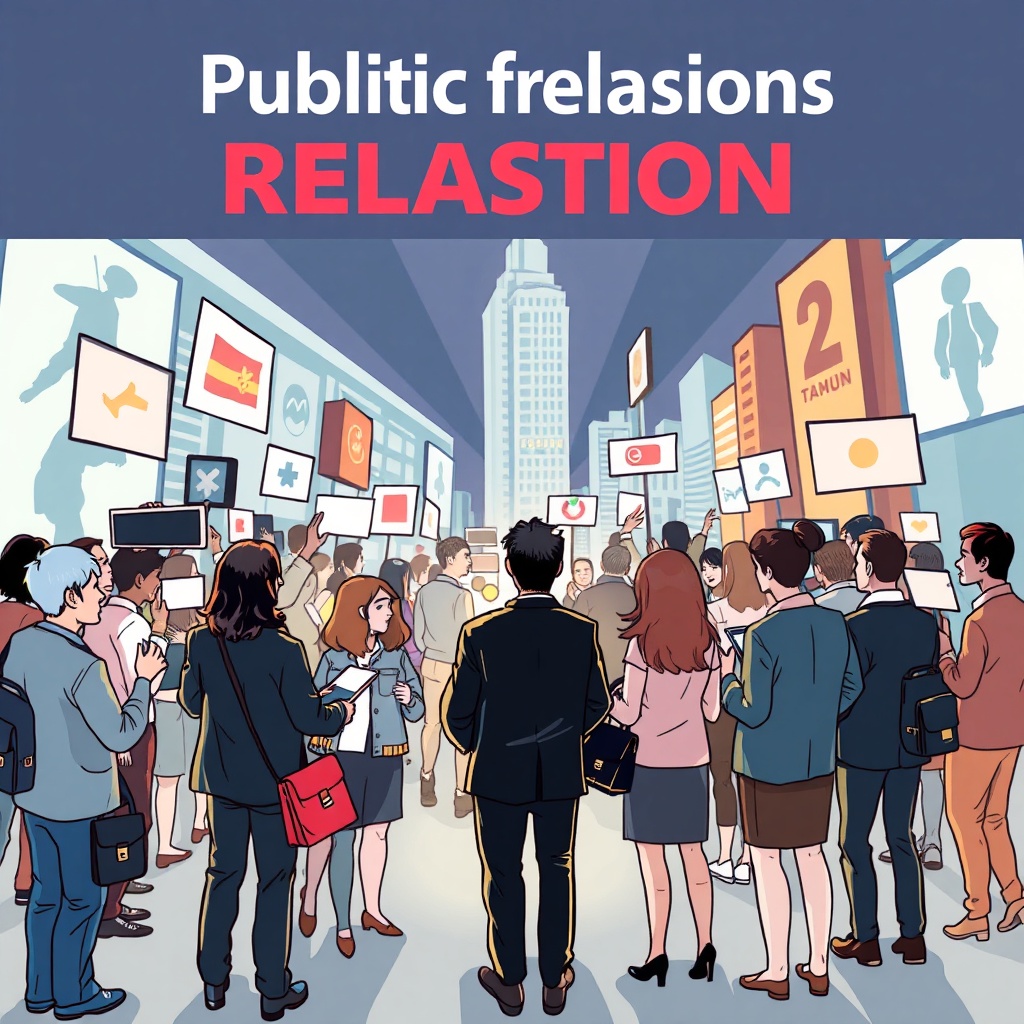How PR teams win trust in a fast-moving media landscape
Public relations has always been about trust, but the pace and channels of communication have accelerated. Today’s audiences expect immediacy, transparency, and content that feels authentic — and they encounter messages across a mix of traditional media, social platforms, podcasts, and short-form video. PR professionals who adapt their strategies can turn speed and openness into competitive advantage.
Prioritize rapid, accurate responses
When news breaks or a crisis emerges, timeliness matters as much as accuracy. Establish clear escalation paths so decision-makers and spokespeople are notified immediately. Prepare concise holding statements that acknowledge the situation and promise updates; this prevents speculation while your team verifies facts. Monitor social and earned media continuously so you can correct misinformation before it spreads.
Craft platform-specific messages
Different channels require different formats and tones. Journalists and industry analysts expect data, context, and access to spokespeople. Social audiences favor short, human-led content that can be scanned or shared quickly. Tailor assets—press releases, media kits, short videos, quote cards—to each outlet rather than recycling the same message everywhere.
That approach increases reach and improves engagement metrics.
Emphasize authenticity and values
Audiences respond to genuine behavior more than polished slogans. Publicize actions, not just claims: showcase policies, proof points, third-party partnerships, and measurable outcomes. Use spokespeople who reflect the organization’s values and can speak plainly. When mistakes happen, transparent acknowledgement coupled with a corrective plan builds credibility faster than evasive language.
Leverage employee and stakeholder advocacy
Employees, customers, and partners are trusted voices. Equip advocates with clear guidance, approved messaging, and easy-to-share content. Encourage first-hand stories that humanize your brand, while maintaining compliance and confidentiality. Advocacy programs extend reach organically and often deliver higher trust than paid placements.
Build influencer relationships strategically

Influencers are a permanent part of the media mix. Focus on long-term partnerships over one-off promotions. Evaluate creators for audience fit, authenticity, and alignment with brand values. Contractually clarify deliverables and disclosure expectations to avoid regulatory or reputation risks. Micro-influencers can deliver niche credibility and higher engagement at lower cost.
Measure outcomes beyond vanity metrics
Shift measurement from impressions and follower counts to impact: share of voice versus competitors, sentiment trends, message penetration, media quality, and downstream business metrics like leads or donations. Use integrated analytics to connect earned, owned, and paid efforts. Regular reporting that maps PR outcomes to organizational goals helps secure ongoing investment.
Invest in media training and scenario planning
Regular training prepares spokespeople for tough questions and unpredictable moments. Run tabletop exercises and mock interviews that simulate hostile or high-pressure situations. The best spokespeople combine message discipline with genuine human warmth.
Stay ethical and compliant
Regulatory expectations and fact-checking are more prominent than ever. Maintain rigorous fact verification, clear disclosure practices, and strong privacy protections when collecting or using data.
Ethical PR protects reputation and prevents costly missteps.
Public relations is increasingly integrated with marketing, customer experience, and corporate governance. Teams that move quickly, communicate transparently, and measure deeply will shape narratives rather than merely react to them. For many organizations, that shift is what separates resilient reputations from fragile ones.